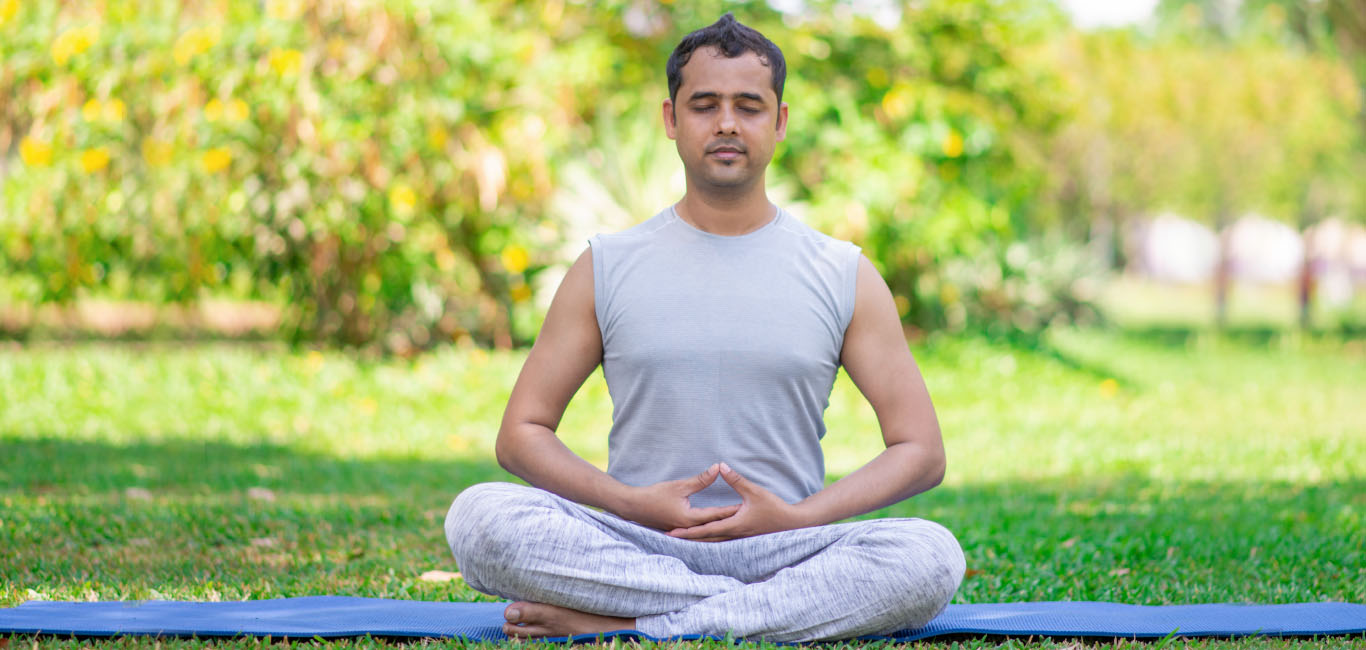
The series on ashtanga yoga arrives at its final destination with this write-up on samadhi, the eighth limb.
The word `samadhi’ means a state of ‘total self-collectedness’ leading to enlightenment. It means getting absorbed completely in a thought, object or self.
Read about ashtanga yoga here
The ultimate goal of yoga
“Be it ashtanga yoga or yoga in general, [their] ultimate goal is to achieve the state of samadhi,” says Dr M K Nagaraja Rao, a yoga exponent from Tumakuru, Karnataka.
Samadhi instils in its practitioners a profound sense of inner peace, joy and connectedness with divinity. Attaining it requires a deep commitment to the preceding seven norms of ashtanga yoga as one journeys from personal ethical codes (yama and niyama), physical postures (asana) and breath discipline (pranayama) all the way to the mental challenges of meditation (dharana and dhyana).
Read more about yama and niyama here
Read more about asana here
Read more about pranayama here
Read more about pratyahara here
Getting attached to detachment
“Without achieving a state of detachment or withdrawal from the senses that are considered disturbances [external stimuli] it is very hard to progress in ashtanga yoga,” says Anandhi Venkateshan, yoga practitioner and founder of Anandhi’s Ashtanga Yoga, Hyderabad.
Some people may take years for it, and some may not achieve this stage, but it is an important goalpost in experiencing the highest level of consciousness, she says.
In these times of frenetic lifestyles it is not easy for us to isolate ourselves from commitments and attachments. But by practising ashtanga yoga, one can attain detachment, Dr Rao adds.
The ultimate bliss
The practice of samadhi is an inward journey. Practitioners reach a state where they feel connected with the inner self. In their feeling of bliss, they no longer perceive anything other than what they are focused on.
This practice could help anyone who is coping with anxiety, ego, or anger issues.
A Canadian experiment
A study conducted by a team of researchers from the Department of Psychology at the University of Windsor, Canada, studied the usefulness of ashtanga yoga for psychological well-being.
The study concluded that those who completed the study showed significant mitigations in their conditions of depression, anxiety, low self-esteem; and improvements in issues of interpersonal behaviour such as assertiveness, attention to one’s needs and the capacity to connect.
Although the study had a small sample size of 41, it showed encouraging results of the psychological well-being of the participants.
Another study evaluated the physiological and stress-related psychological effects of ashtanga yoga. The participants engaged themselves in 60-90 minutes of ashtanga yoga twice weekly, over three months. They showed improved upper-body muscular endurance and trunk flexibility. They also experienced its positive effects on their cardiovascular fitness, stress and mental health.
Ultimately, says Anandhi Venkateshan, “Our goal should be to achieve a happy and healthy life where the practices of ashtanga yoga play a role.”

















